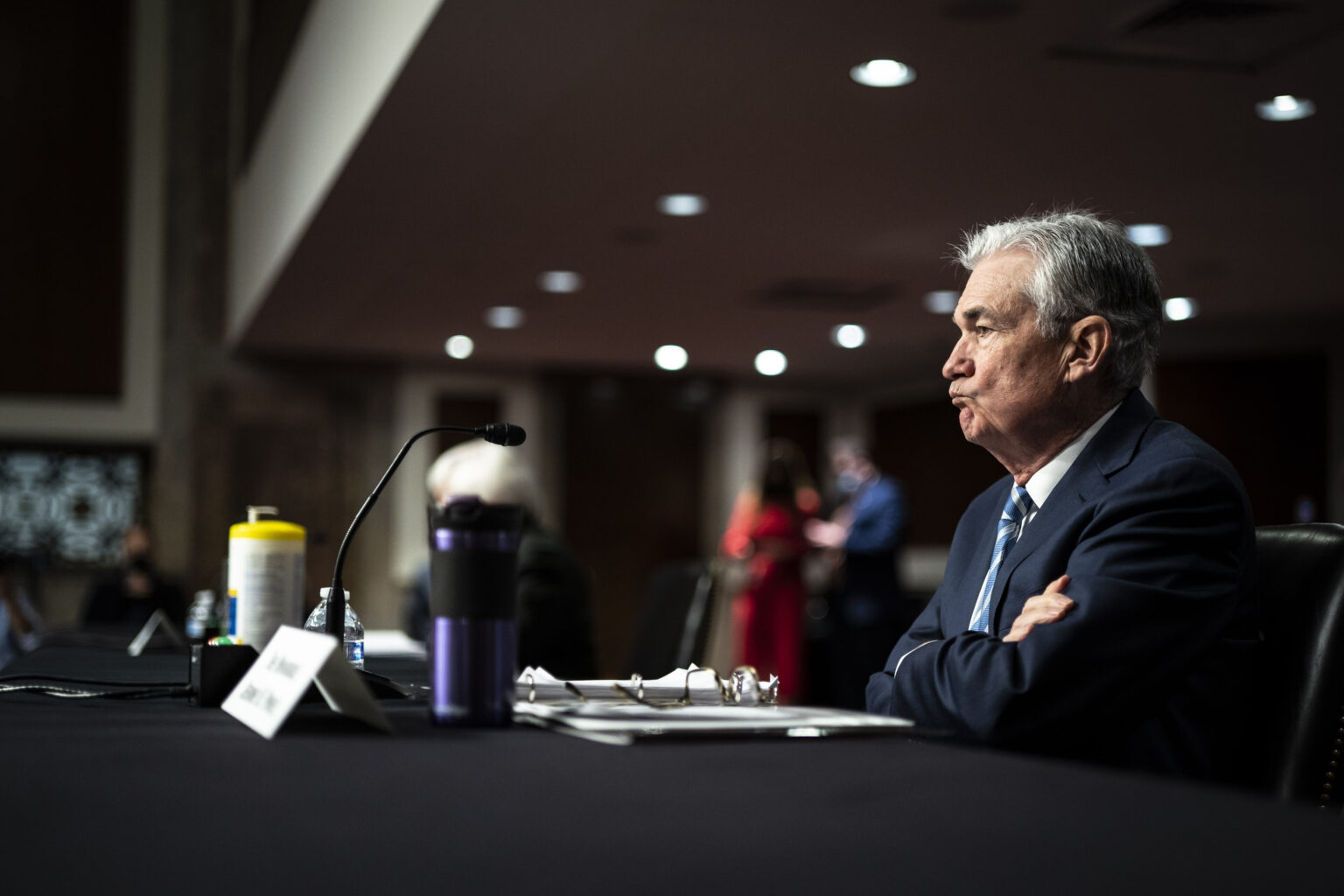Federal Reserve Maintains Cautious Stance Amid Economic Uncertainty
Approximately half a year after the Federal Reserve paused its series of interest rate reductions, the central bank continues to adopt a cautious approach, carefully monitoring the evolving economic landscape. This ongoing stance is largely driven by uncertainties stemming from President Donald Trump’s trade policies and other geopolitical factors that cast a shadow over economic prospects.
Anticipated Outcomes of the Upcoming Federal Reserve Meeting
As the Federal Open Market Committee (FOMC) concludes its two-day policy session this Wednesday, market analysts widely expect the Fed to keep interest rates steady for the fourth consecutive meeting. This decision reflects a preference for patience, allowing more clarity to emerge regarding the economy’s trajectory. Despite these uncertainties, recent data indicates that economic growth has remained resilient, and inflationary pressures have stayed subdued.
Blake Gwinn, head of U.S. rates strategy at RBC Capital Markets, commented, “We anticipate a largely uneventful FOMC meeting, with no significant changes in policy.”
The Dilemma Facing the Federal Reserve
The Fed finds itself navigating a complex balancing act, tasked with fulfilling its dual mandate: promoting maximum employment and maintaining price stability. Persistent trade tensions and tariff disputes threaten to dampen economic expansion and introduce volatility into financial markets-conditions that typically prompt rate cuts. Conversely, the potential for tariffs to reignite inflationary pressures could justify tightening monetary policy with higher interest rates.
Economists caution that inflationary effects from tariffs may take longer to materialize than signs of economic slowdown, complicating the Fed’s decision-making process. The central bank’s leadership will likely provide further insights during Chair Jerome H. Powell’s post-meeting press conference, where he is expected to clarify the Fed’s outlook and policy intentions. Additionally, the updated “dot plots,” which project future interest rate paths and economic growth, will be closely scrutinized by investors and analysts alike.
Political Influence and Market Expectations
President Trump’s persistent calls for the Fed to lower interest rates-aimed at preventing an economic slowdown-have added another layer of complexity. Despite a private meeting with Powell last month in the Oval Office, Trump has recently intensified his criticism, branding Powell a “numbskull” for not acting more aggressively. Trump has also claimed that rate cuts would significantly reduce borrowing costs, although he has stopped short of demanding Powell’s removal, as his term nears its conclusion.
While White House pressure persists, the Fed remains cautious, wary of rushing into rate cuts prematurely. This hesitancy is rooted in lessons learned from the slow response to post-pandemic inflation, which resulted in prices rising well above the Fed’s 2 percent target. Recent inflation data has been unexpectedly muted, partly due to declining energy prices. However, Powell has warned that tariffs could temporarily boost inflation, with some estimates suggesting these effects might persist longer than initially expected.
Global Tensions and Their Impact on Inflation
Ongoing geopolitical conflicts, such as tensions between Iran and Israel, threaten to disrupt oil supplies, potentially leading to higher gasoline prices and renewed inflationary pressures. These external shocks underscore the fragility of the current economic environment and the difficulty in predicting future inflation trends.
The Role of Tariffs in Economic Stability
Trade tariffs have introduced significant uncertainty into the economy by complicating supply chains and elevating costs for producers and consumers alike. The erratic implementation of tariffs-characterized by sudden increases, delays, or reversals-has made it challenging for businesses to plan investments and operations. Some companies have even postponed expansion plans until the trade landscape stabilizes.
In an optimistic scenario, if tariffs settle at an effective rate of around 10 percent and inflationary effects are temporary, the Fed might consider a rate cut later this year. Such a move would depend on the labor market remaining robust and economic growth continuing unabated, as described by Fed governor Christopher J. Waller.
Market Expectations and Future Rate Projections
Market participants and policymakers initially anticipated multiple rate cuts in 2025, with some projections indicating as many as four reductions before the upcoming November elections. However, by December, these expectations had been scaled back to just two cuts. The upcoming FOMC meeting will provide fresh updates on these projections, which have remained unchanged since March, reflecting ongoing uncertainty about the economic outlook.
As the global and domestic economic landscape continues to evolve, the Federal Reserve’s cautious approach underscores its commitment to data-driven decision-making amid a period of heightened geopolitical and economic volatility.

